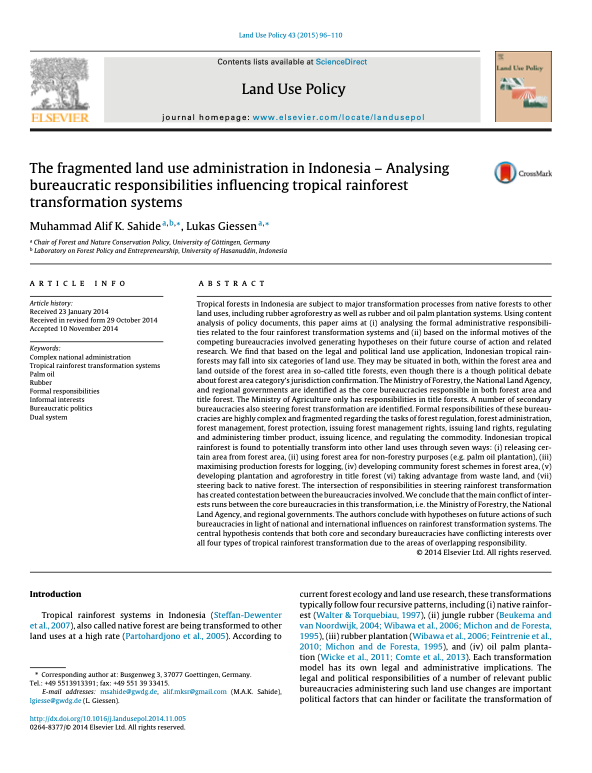Jamaica National Environmental Action Plan 1999-2002. .
The Jamaica National Environmental Action Plan (JANEAP) is a national Plan with a multi-sectoral approach. The duration of the Plan is 3 years between 1999 and 2002. The main objective of the Plan is to ensure good environmental planning and management to contribute to the sustainable development.Regarding the biological resources, forestry, watershed management, protected areas and oceans the Plan provides for different actions to be taken. A Fisheries Management Plan and an Ocean and Coastal Zone Policy will be prepared and implemented.





